The leading city of Basques
- This is what Etxeberri de Sara wrote 300 years ago about Pamplona, as in his day it was our main and very Basque capital. From the first name of the city to the vast majority of local names, there are countless buildings, corners and streets linked to the Basque, as we will learn from the guides of the newly created tourist service Labrit Tours in Pamplona.
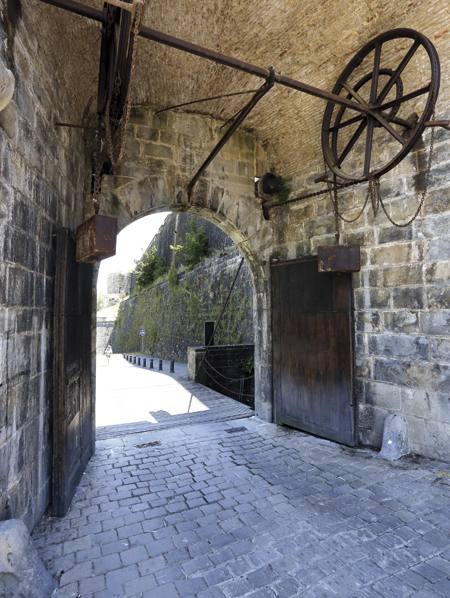
Departing from the church of San Lorenzo, in which the image of San Fermín is found, several streets of the area had in the Middle Ages the Basque name: Arriasorantza, Zakudinda or calle de los Cesteros, Urradinda or Orfebrería, as well as Sanduandia, for its great image of the Virgin of the hermitage. There was the hospital of the farmers' brotherhood, and the Non-Citizens called the brotherhood a “work of sample”.
We're going to go to the northern wall of the city, which is nearby. We will see perfectly that that initial Pamplona was built on a hill, protected by the Arga River. The view is beautiful; in our view there are the wooded sites of Arga and Erreka, the neighborhoods of the North (Rochapea, Txantrea), some villages (Artica, Ansoáin, Berriozar..) and numerous mountain hulls; the first, Ezkabamendi; further away, Sarbil, Txurregi, Beriain, Xueta. Even though this year’s rains have delayed harvesting, barley and grains have become yellow and stiffness has begun. Annual account. There is not the color that is usually attributed to the Basque, that is, the green, but another. As every year, the mountains of the Comarca of Pamplona will flush and discard every corner, as happened when all the farmers here were Basques. The Basque country also has this kind of dry landscape, although we are often forgotten.
Larreko Steps Route
Following the line of walls, we will reach the hill of Santo Domingo and climb narrow and steep stairs to reach the Museum of Navarra. Before, it was a hospital and, in times of war, a Basque doctor, Pablo Fermin, writer of Irigarai Larrea, headed the center. His experiences and sensations in those sad and terrible years were secretly written in the book Gerla urte gezur urte, which is called Gerla urte. The title is entirely representative. The uprising, of course, cut the movement in favor of the Basque country, and, seeing this environment, thought that the Basque country would disappear from the Upper Navarre and that it would have to be brought from Iparralde to the South.
We will go up the hill of Santo Domingo, not as fast as the bulls, and going up the stairs on the right, we will reach the medieval church of San Saturnino, which the city Basques said to San Saturnino. San Saturnino was one of the Burgos of the fragmented medieval Pamplona, populated by people who spoke Gascon and Occitan, but when these languages were extinguished, the Basque language was fully extended in that borough, to become the main language of the parishioners of San Saturnino, as a priest wrote in the mid-17th century: ninety out of every hundred people who come to confess speak. Near the church there were several printers and in the 18th century several books were published in Basque. Jesus' loves of Sebastian Mendiburu are the object of prayer, for example, in the house of Juan Antonio Castilla, libruguille of Pamplona (1760).
Monetary accounts of the old kingdom
Going up the narrow street of Ansoleaga that separates the church, we left the famous Basque association of Zaldi Maldia to the left and we reached the height of the building of the Chamber of Comptos. Even if it sounds like a lie, we are at the highest point in Pamplona. It is the only Gothic civilian house in Pamplona in which, for centuries, the public accounts of the old Kingdom were analyzed and reviewed. However, when Navarre became an empty province, the Chamber of Comptes disappeared and other institutions acted in this building. The College of Euskera of the 19th century, for example, was where the general meetings were held. Therefore, there met Campion, Iturralde and Suit and a lot of Euskaltzales from Pamplona, over a long series of years. The intentions of the Honatx College, as it appeared in 1878 in the Euskara magazine that printed in the press Lorda of Mercaderes Street: “...it is about preserving, without losing, and drinking the language in Basque Country aldaitequen gucian”. In the same building, the Provincial Council of Navarre opened in 1950, under the name of the Basque Academy, the first post-war public Euskaltegi. He stayed for one year in the Chamber of Comptes, then transferred to the trade school next to the cathedral, as in the second year the number of students increased.
“Some leave, others leave us”
Back on Ansoleaga Street, through the covered passage of Francisco Seminary, we reached the Town Hall Square and touched the steep Txapitela Street, where Pamplona Joan de Atzx had a fabric store in the 16th century. After being orphaned as a child, her grandfather took her to La Ribera and then to Zaragoza to study a trade, but the life of the young man was not reconciled. He wrote a family legend that represented his grim life: Here I am, in the sky. In the chapitel, on the other hand, is the house of Arturo Campión. In the last years of his life, he was given several tributes, in recognition of his work in favor of the Basque Country for 80 years. Then a thought darkened his mind: “We’ve spent all our lives trying to stop the loss of Euskera, but some leave and some don’t come.” In other words, the Basques die and the new ones (children, young people) do not arrive. The children of the first ikastola in Pamplona also paid a tribute to him in the house of Txapitela in the spring of 1934, and that act greatly pleased our old Campion, to which the children gave him this plate: “Some leave, but others leave us.”
Next, we will head to the cathedral to leave our tour next to the fountain of Navarrería. The district of Nabarreria was the first residence of the Non-Locals. Prehistoric remains have appeared there, also the first walled hill, the main city of the Basques, the centre of power of the Roman era, destroyed and rebuilt in the Middle Ages. He was once called the Zugarrondo Square because there was a big elm. In the center of the plaza, today, we will hear the murmur of the water, the source, the source of creation, in front of which the Basque poet Alexander Tapia Perurena was born, ruled by his parents in the lap of the candle, the candle and the chocolatery.
Ciga, Agerre, Laboa…
Above, on the road to the cathedral, we will see the home of Javier Ciga, Euskaltzale painter, author of eleven known works, creator of numerous posters from San Fermín, councillor of Pamplona. And above, at the height of the cathedral, between the streets Dormitaleria and Kuria, was born José Agerre, a Basque writer and journalist, who called the sucking "cirtapunpa", full of culture, multilingual, elegant, owner of a large library. Larreko, Tapia Perurena, Ciga, Agerre.. As of July 18, 1936, some of them felt unwilling to continue cultivating their creativity. By the way, standing in front of the cathedral, we see the neoclassical facade. The facade has nothing to do with the Gothic interior. In his file appeared the document called the Basque lingua navarrorum. Dates from 1167.
Finally, we will reach the small tree-lined plaza of San José, located on a side of the cathedral, ideal for an intense summer heat. For many years the School of Commerce was in a building of its own, and in that school the public Euskaltegi we mentioned earlier. Among the Euskaltegi students there was a young Donostia who had come to Pamplona to study medicine to recover the worn Basque from childhood. His name was Mikel Laboa. On the second floor of a house in the plaza, on the other hand, the second year of the first post-war ikastola took place in the course of 1966-1967. They were about 30 boys and girls, precursors of thousands of Pamplona children and adolescents who currently study in Basque and one of the beginnings of the Basque flowering in Pamplona in the last decades.
Manifestazio jendetsu batek herriko kaleak zeharkatu ditu, Poliziaren gehiegizko dispositibo batek zainduta, gazteek kudeatutako guneen defentsan eta Gaztetxeak erasoen aurrean defendatzeko. Manifestazioaren amaieran, publiko egin dute iragarpena.
Astelehen honetan hasita, astebetez, Jon Miranderen obra izango dute aztergai: besteren artean, Mirande nor zen argitzeaz eta errepasatzeaz gain, bere figurarekin zer egin hausnartuko dute, polemikoak baitira bere hainbat adierazpen eta testu.
Pazienteek Donostiara joan behar dute arreta jasotzeko. Osasun Bidasoa plataforma herritarrak salatu du itxierak “are gehiago hondatuko” duela eskualdeko osasun publikoa.
Kirola eta oroimena uztartuko dituzte, bigarrenez, mendi-martxa baten bitartez. Ez da lehiakorra izanen, helburua beste bat delako. La Fuga izeneko mendi martxak 1938ko sarraskia gogorarazi nahi du. Ezkabako gotorlekuan hasi eta Urepelen amaituko da. Maiatzaren 17an eginen dute.
EAE, Akitania Berria eta Nafarroak osatutako euroeskualdearen batzarra egin dute Iruñean martxoaren 25ean. AHT izan dute topaketaren ondoko agerraldiko aipagai nagusien artean eta Akitania Berriko ardatza Hego Euskal Herriko trenbidearekin lotzeko konpromiso politikoa... [+]
Topatu eta topa! Tipi-tapa, elkarrekin ekin eta, bidea, eginean egin aurrera. Mahaiak, aulkiak, koadernoak eta boligrafoak, platerak, konfidentziak, tragoak eta ahotsak, eskuak, ideiak eta barreak, borrokarako besarkada gozoak. Txistulariak bileran, erraldoiak lasterka eta... [+]
Hunkituta eta ilusioz egin dut Iruñetik Oronozerako bidea. Maite dut Olaia entzutea, baita hizketan ere. Herriko farmaziaren ondoan autoa utzi eta balkoitik agurtu naute hark eta bere zakur Arak. Grabagailua martxan jarri aurretik, bueltaxka egin dugu frontoira eta Arak... [+]









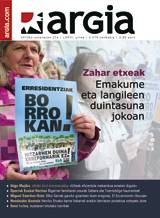



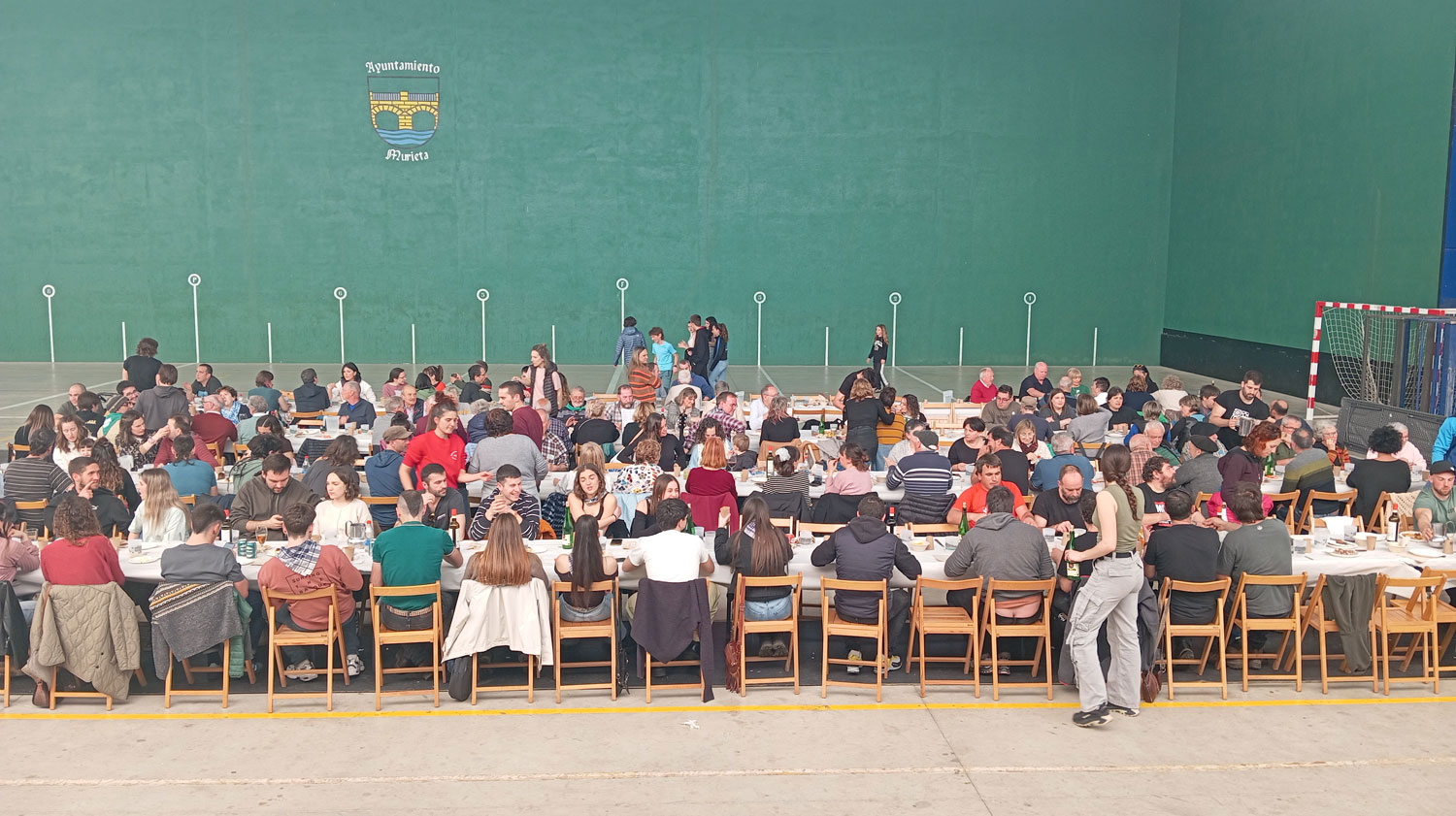
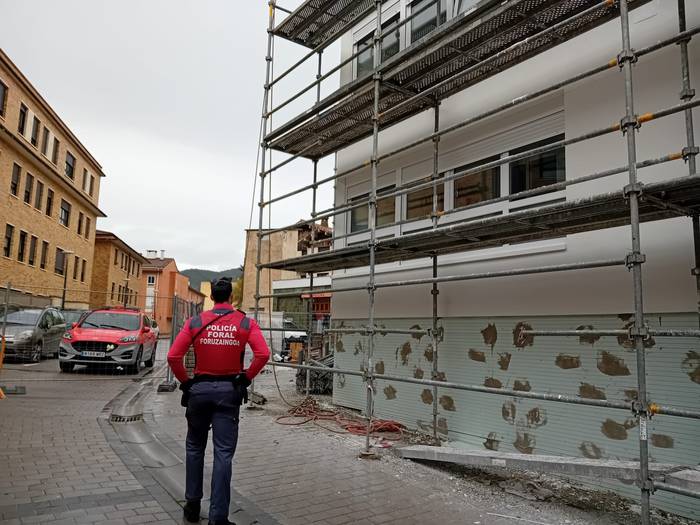

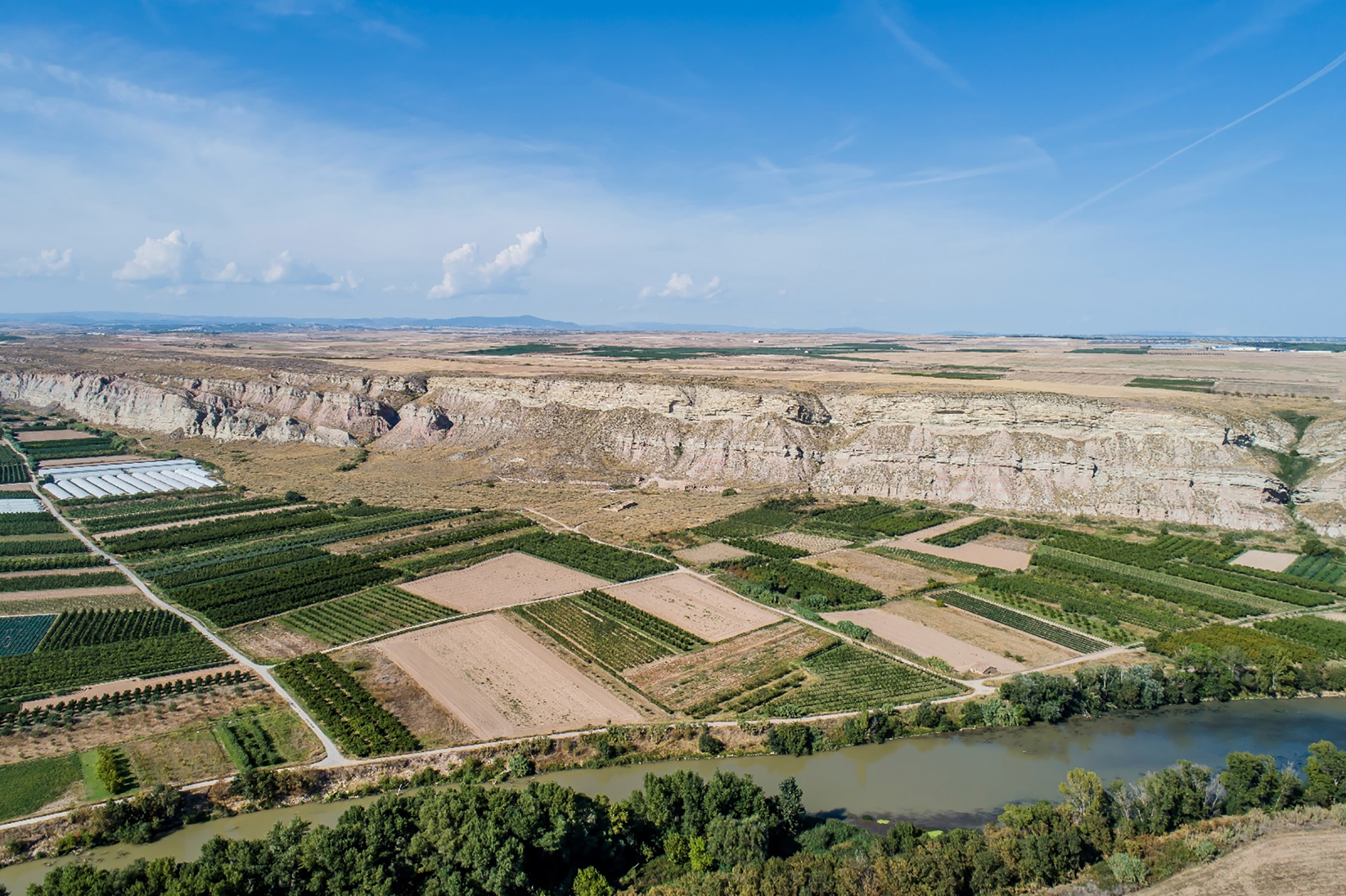
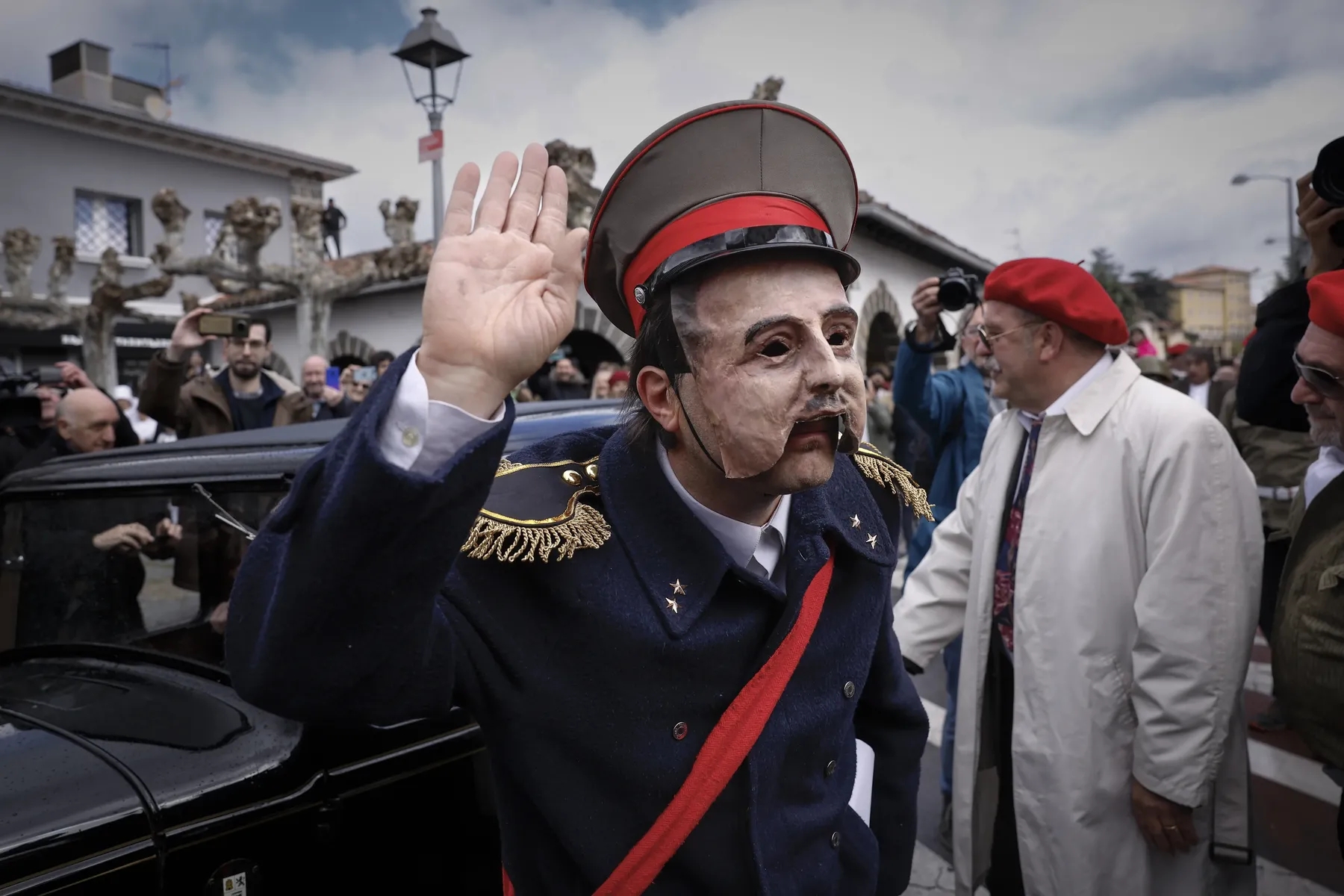
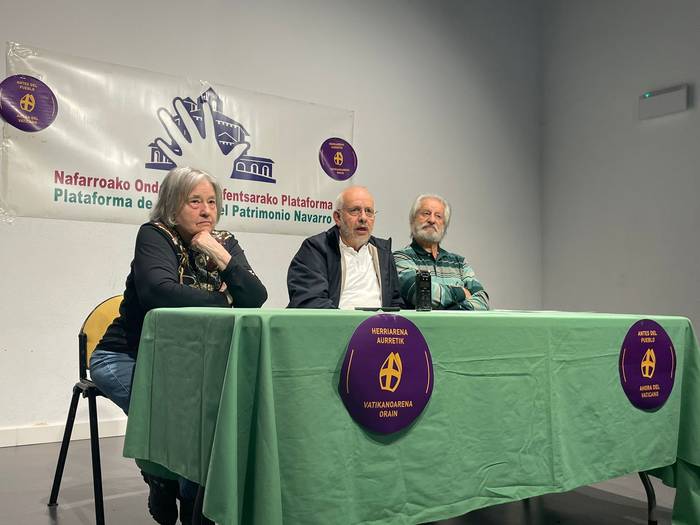
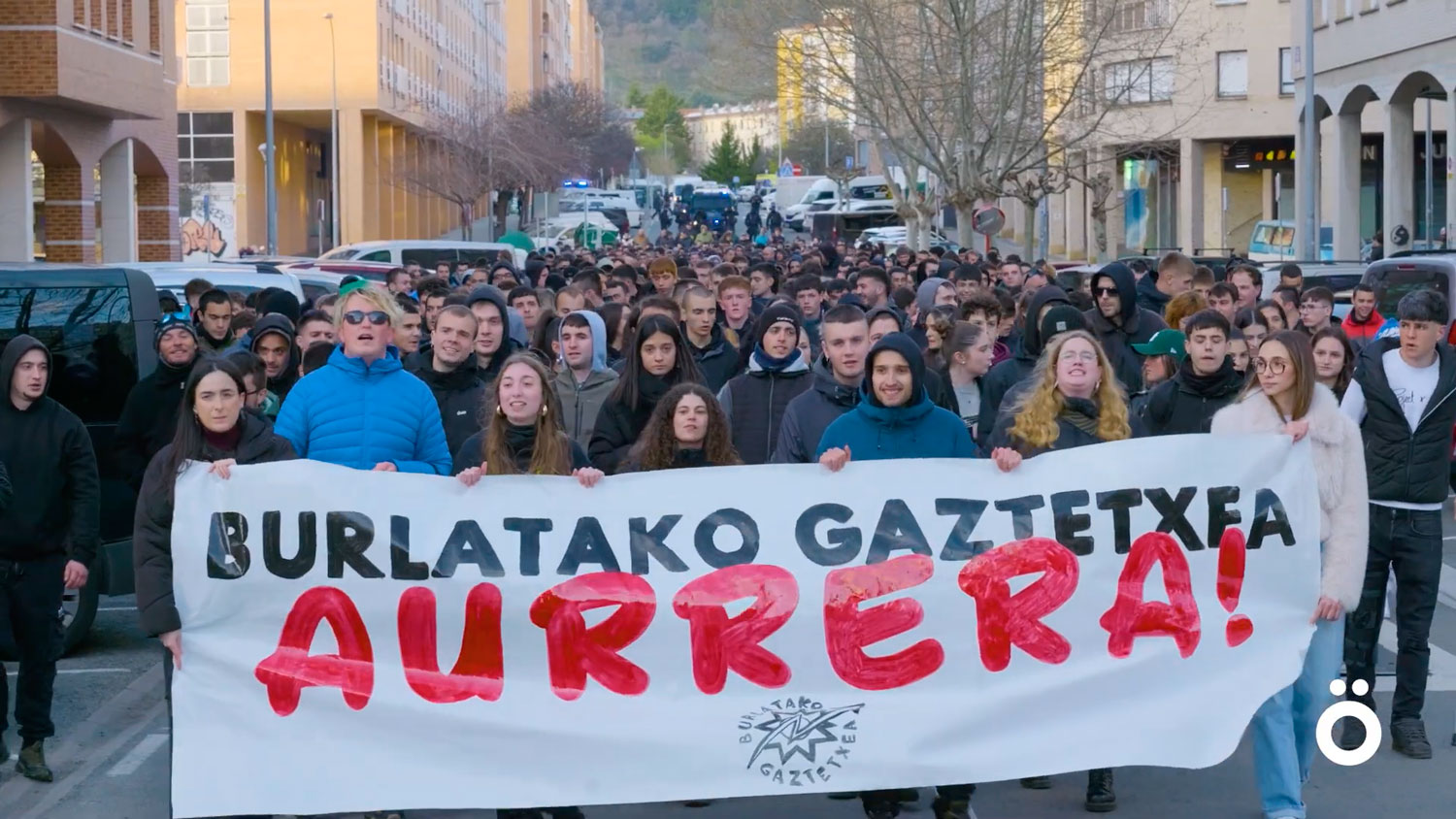
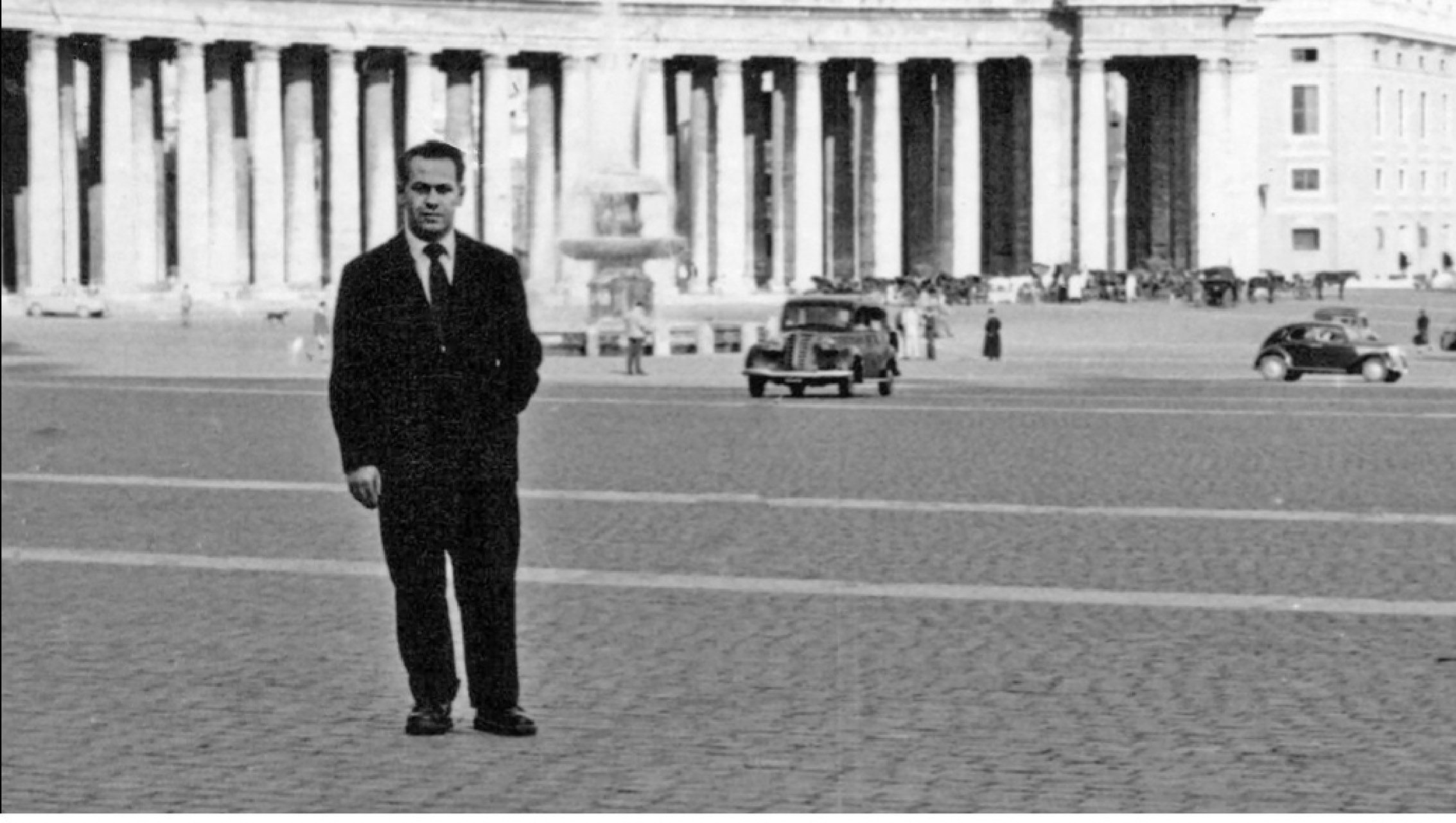
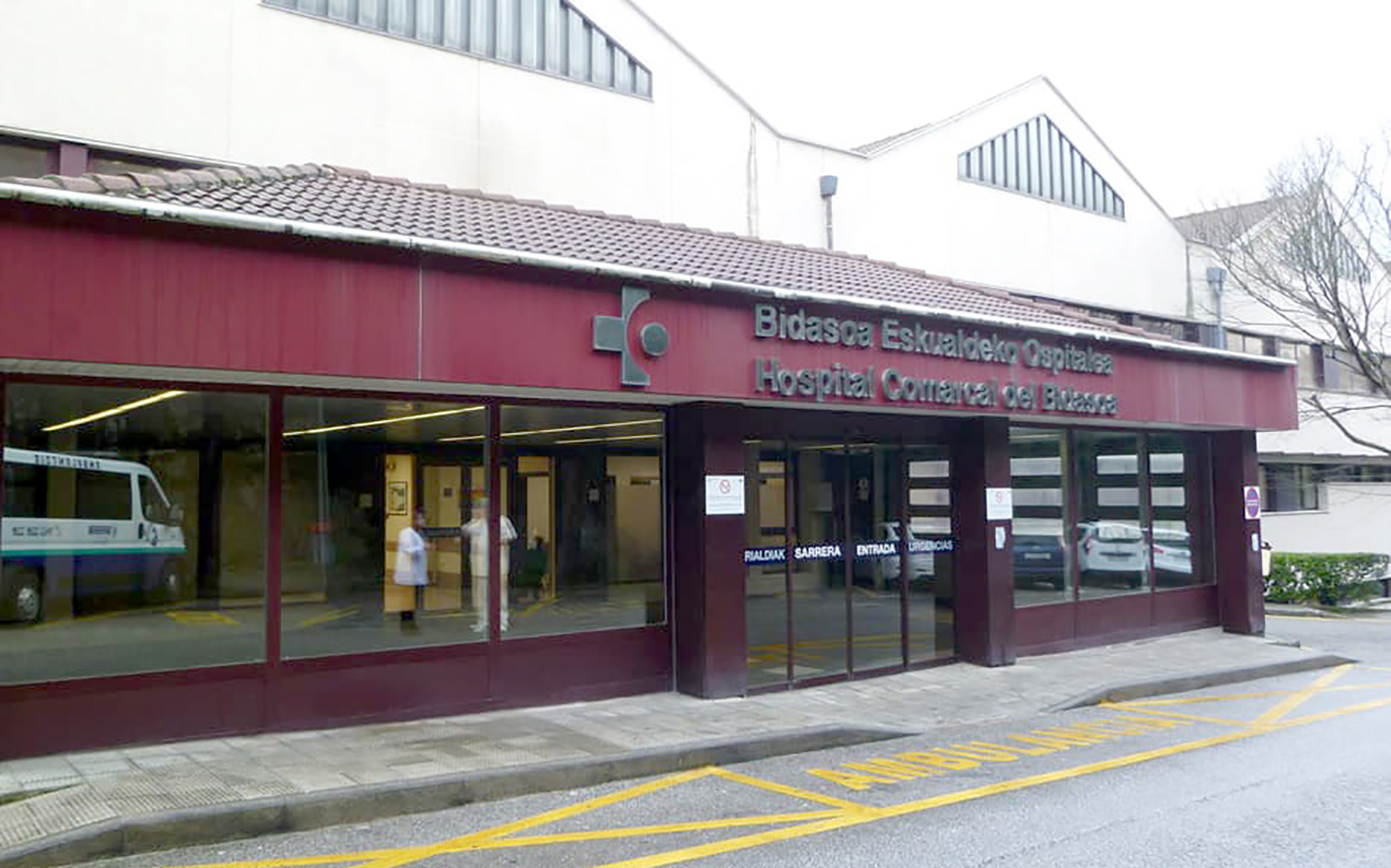
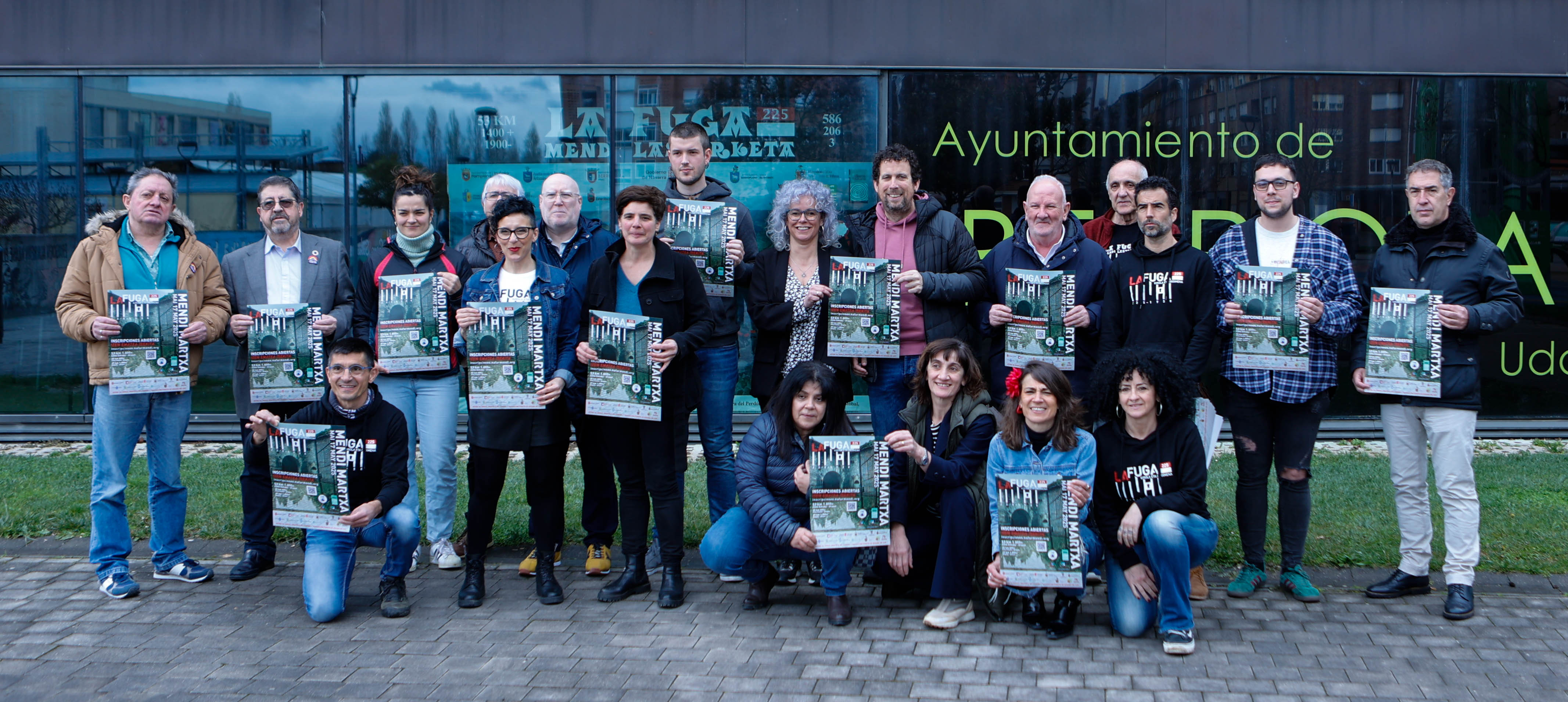
.jpg)

